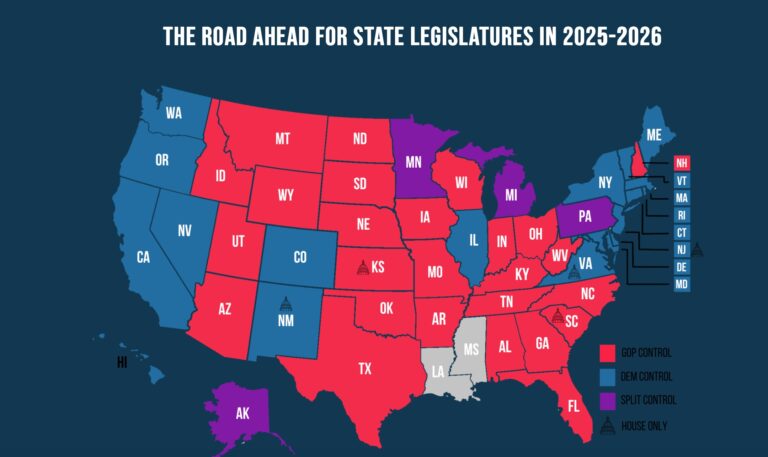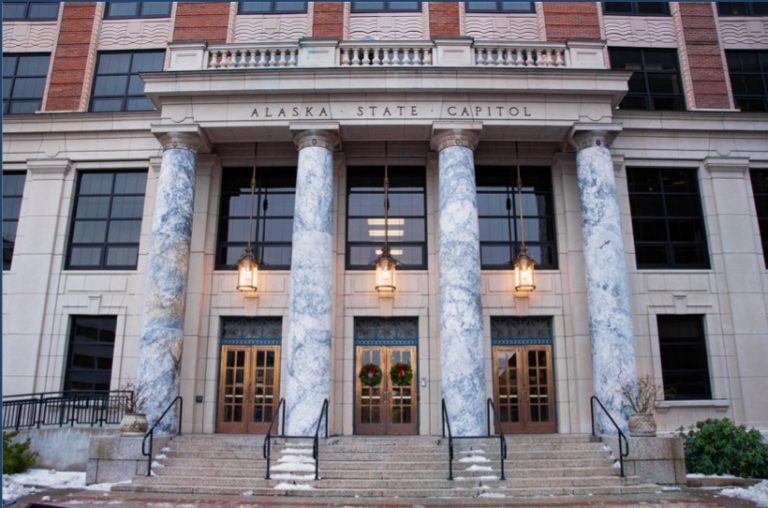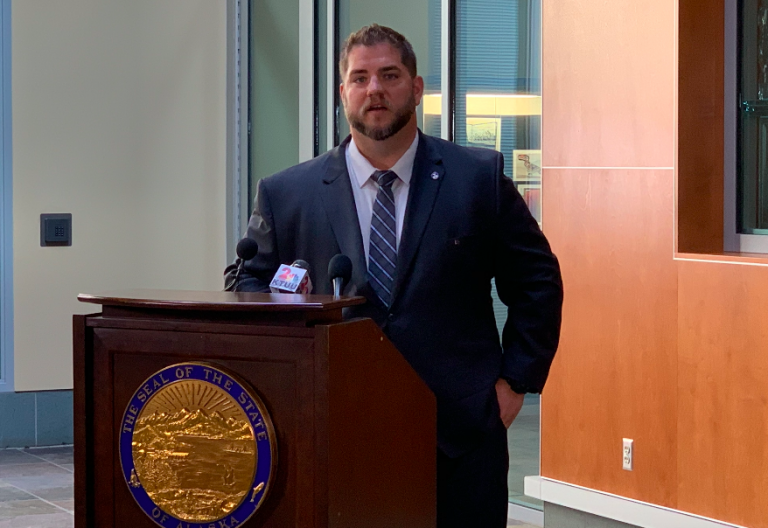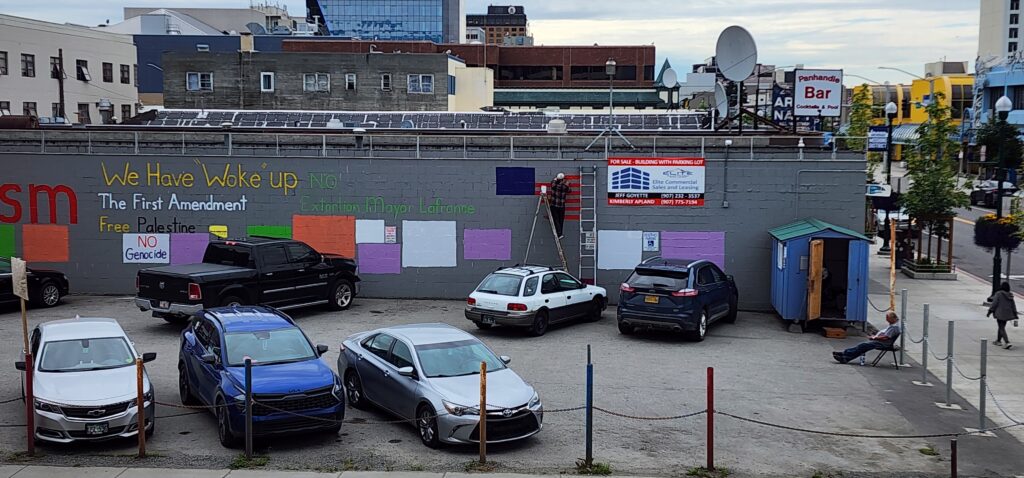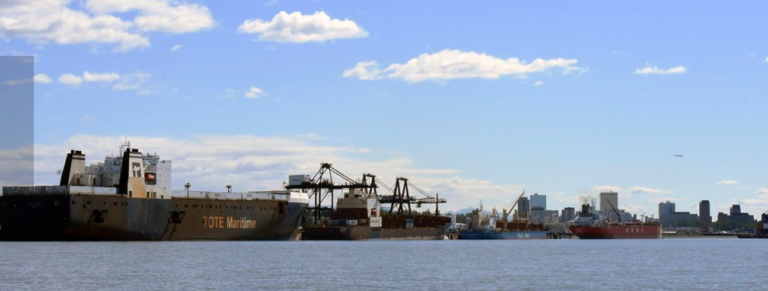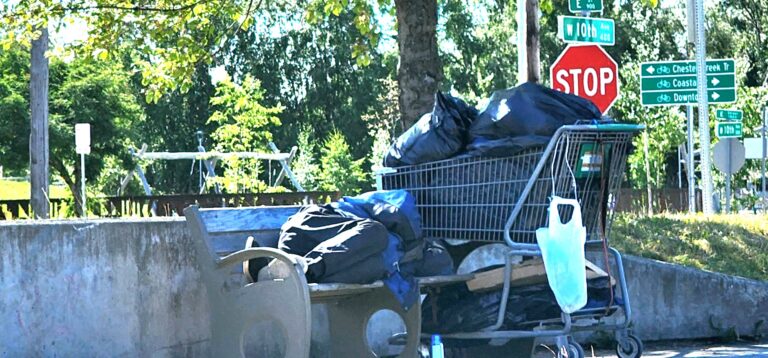Even with a Republican governor, a Republican lieutenant governor, an all-GOP federal delegation, and nominal GOP majorities in both legislative chambers, Alaska has been labeled a “purple” state by the Republican State Leadership Committee (RSLC).
In a national legislative map published by the RSLC, Alaska appears alongside just three other battleground states: Minnesota, Michigan, and Pennsylvania — states with divided or weakly held Republican legislatures. The designation stands in sharp contrast to Alaska’s apparent political profile on the surface, where Republican officeholders dominate the executive and congressional branches.
The RSLC’s analysis doesn’t hinge solely on who holds seats, but rather on how those seats function. In Alaska, a coalition of Democrats, independents, and moderate Republicans currently holds effective control of the State House, and the Republican-led Senate often parts ways with the governor on fiscal matters. In the House, there are 22 Republicans out of 40 members; in the Senate, it’s 11 out of 20, and yet the Democrats are running the show because some members, such as Sen. Gary Stevens of Kodiak and Sen. Jesse Bjorkman of Nikiski, do not ally with Republicans, but with Democrats.
Even as Gov. Mike Dunleavy called lawmakers to Juneau for a special session starting Aug. 2, tensions remain high over anticipated legislative efforts to override his recent partial education funding vetoes, a move that signals the limits of GOP influence in the Alaska Legislature.
The RSLC, which played a major role in defending and expanding Republican state legislative power in 2024, did not include Alaska on its priority list for investment or strategic targeting. Instead, it focused on battlegrounds where clear gains were achievable. That strategy proved fruitful: the organization reports it helped Republicans gain seats in deep-blue states like California, New York, Massachusetts, and Vermont, while flipping the Michigan House and breaking the Democrat trifecta in Minnesota.
By the end of the 2024 cycle, Republicans controlled 57 of the 99 state legislative chambers nationwide and gained three new supermajorities. Twenty-three states have a Republican trifecta — both houses of the legislature and the governor are Republican. Alaska is a trifecta state, but is the color purple, even though its GOP governor won outright without having to go into the ranked-choice voting roulette wheel.
Alaska’s unique ranked-choice voting system and open primaries may play a role in this classification. The electoral structure has frequently empowered leftist candidates, or Republicans who caucus or conspire with Democrats in the Legislature, weakening party cohesion and making GOP victories at the ballot box less meaningful once the Legislature gavels in.
Whether the RSLC has written off Alaska due to its internal political structure or simply sees its Legislature as too fractured to be strategically viable, the omission from the national Republican strategy map speaks volumes.
As lawmakers return to Juneau this week for the special session, their actions may once again reinforce the perception that, beneath the Republican-in-name banner, Alaska’s governing reality is no longer red.
